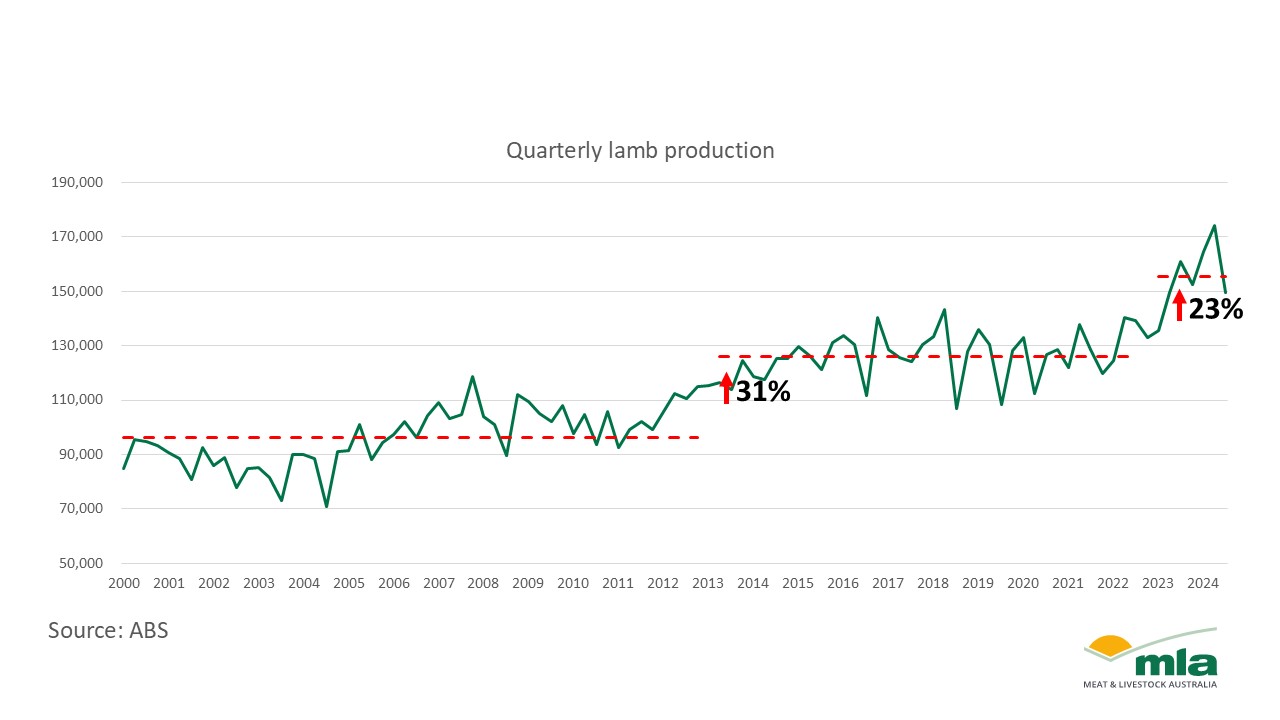Ever wondered why the colour of your snot is different when you’re sick? You’re probably not the first person to ask this question.
Authors
- Samuel J. White
Associate Professor & Head of Projects, York St John University
- Philippe B. Wilson
Associate Pro Vice-Chancellor: Innovation and Knowledge Exchange, York St John University
There are actually many reasons why your snot’s changes colour when you’re unwell. And the of nasal mucus can reveal intriguing details about your immune system, and how your body responds to illnesses.
Mucus is produced by the tissues lining our nasal passages. Often perceived as a mere nuisance, mucus serves a very important role. It acts as a , trapping dust, bacteria, viruses and other irritants – preventing them from reaching the respiratory system’s deeper parts.
Enzymes such as lysozyme and lactoferrin that inhabit our nasal mucus also have . They break down bacterial cell walls and help to limit bacterial growth. This protective role makes mucus a critical line of defence – even when we’re not unwell.
The continuous process of mucus production by the tissues lining our nasal passages exemplifies the body’s natural defence mechanisms in action. When we get sick, – becoming thicker, more abundant and sometimes colourful. These changes highlight your immune system’s response.
Here’s what the many colours of your snot says about your health:
Clear
This is the . It’s mostly water, combined with proteins, salts and cells that keep the nasal passages moist and trap particles.
Allergies and the very early stages of a viral infection can cause an . This can also happen when your body reacts to irritants or pathogens.
White
White mucus is often a .
Inflammation in the nasal tissues slows mucus flow, causing it to thicken. This typically signals the beginning of an infection, such as a cold, as your immune system starts mobilising against invaders.
Yellow
Yellow mucus indicates your immune system is .
White blood cells sent to attack the infection that give mucus its yellowish colour. This is a hallmark of the body’s response to many viral infections – including the common cold, influenza and respiratory syncytial virus (RSV).
Green
Green mucus results from an intensified immune response. The green tint comes from an enzyme called , which is produced by neutrophils (a type of white blood cell). This enzyme generates a specific molecule that destroys pathogens.
While green mucus often indicates a , it can also occur when your body mounts a robust immune response to aggressive viral pathogens.
Red or pink
A in mucus means there’s blood present. This often happens when the nasal tissues are irritated, dry or damaged – such as after excessive nose blowing or exposure to dry air. Small amounts of blood are usually not a cause for concern.
Brown or orange
Brown or orange mucus may result from dried blood mixing with mucus, or from – such as smoke or dust. While typically harmless, it may suggest irritation or prolonged inflammation.
Black
Black mucus is rare and may indicate – such as a fungal infection (particularly in immunocompromised people) or heavy exposure to pollutants such as soot or cigarette smoke. This warrants medical attention.
The immune system in action
Mucus is an , actively protecting your body by trapping and neutralising harmful pathogens. Changes in its colour and consistency into your health – helping differentiate between viral bacterial infections. It also provides insight into the as your body works to keep you healthy.
Next time you reach for a tissue, remember that mucus isn’t merely a symptom of illness – it’s your immune system in action. Its colours and textures tell a story of resilience, reflecting the intricate defences that keep your body healthy and safe.
![]()







